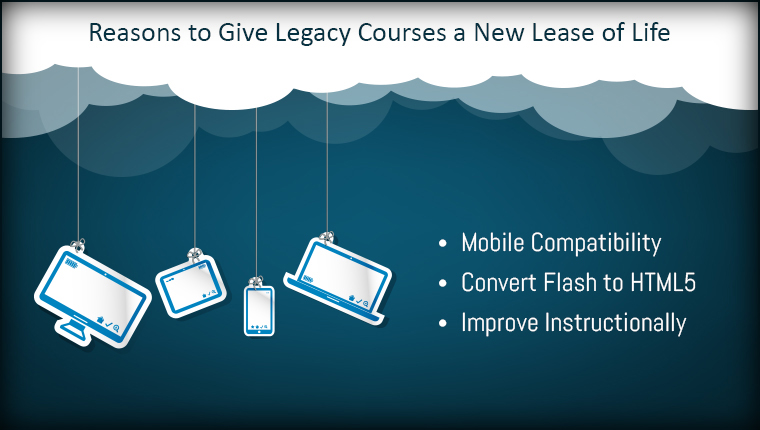LMS Design Features to Improve Completion Rates [Infographic]
![LMS Design Features to Improve Completion Rates [Infographic] LMS Design Features to Improve Completion Rates [Infographic]](https://blog.commlabindia.com/hubfs/blogs/lms-design-features-improve-course-registration-info.jpg)
QUESTION: Have you ever poured your heart and soul into designing and developing an online course only to see disappointing registration numbers and tumbling completion rates?
If your answer is yes, then let me tell you something. You're not alone! Yes, you read it right. In fact, low engagement is a common challenge faced by learning architects in the world of eLearning. Wondering why? Because unlike the traditional classroom setting, where the trainer's presence and structured learning environment foster focus, eLearning heavily relies on the learner's self-motivation and ability to steer through the digital space. These factors, at times, can lead to hurdles like distraction, disengagement, and low motivation. But before you accept this as the final fate, there’s a way out! That’s right. With the right Learning Management System (LMS) design features, you can significantly enhance the overall learning experience and improve both course registration and completion rates.
Thinking about what these LMS design features might be? This blog has the answer for you. Moreover, I've tried to make this blog more thorough by covering the possible reasons for low course registrations and completion rates. It'll help you gain a holistic understanding of the issue so you can nip this problem in the bud.
Are you ready? Let's begin.
Reasons for Low Completion Rates
There are several reasons why learners might hesitate to enroll in or complete an online course. Some of them can be:
Unclear Course Descriptions and Learning Objectives
When course descriptions are unclear or learning objectives are confusing, learners may struggle to understand how the course aligns with their goals. And if they're unsure about what they will gain from the course or if it will address their specific needs, they may hesitate to enroll. Therefore, set clear learning objectives and write concise course descriptions.
→ Download Now: Instructional Design Strategies to Design Engaging eLearning Courses
Complex LMS Interface and Course Structure
The complexity of the Learning Management System (LMS) interface or the overwhelming structure of the course can be a discouraging factor for learners. It can cause them to drop the course in between or hold them back from even starting the course altogether.
Lack of Flexibility and Accessibility
Busy schedules make it challenging for learners to allocate dedicated time for learning. And if the training course lacks flexibility and accessibility, it makes matters worse. So you can focus on designing the courses in a manner that supports self-paced learning options and ensures accessibility through responsive design.
Lack of Interactivity and Engagement
Uninspiring content or a lack of interactivity can quickly lead to learners getting bored and losing interest. It accelerates their rate of dropping out of the course. However, incorporating interactive elements, such as quizzes, discussions, simulations, or hands-on activities, can enhance learner engagement and motivation, making the learning experience more enjoyable and effective.
Now that you understand the reasons for low enrollment and completion rates for the training courses along with the solutions, the next section contains an infographic enlisting LMS design features to help you tackle the issues head-on.
5 LMS Design Features that Can Improve Course Registration and Completion Rates
Parting Thoughts!
No matter how good your training courses are, if employees don’t register or make it to the end, all the efforts go down the drain. Learning Management System plays a vital role in ensuring the success of a training program. So make sure you design and deliver training courses by keeping in mind the learner-centric experience. And to do so, LMS features can come in handy. Along with that, level-up the learner engagement through instructional design strategies enlisted in the eBook below. Check now!







